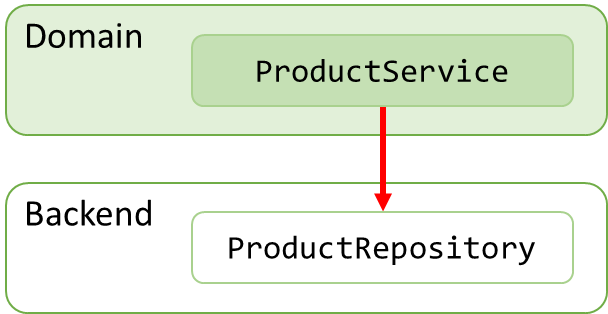How to Work Out Loan to Value: A Comprehensive Guide to Understanding LTV for Home Buyers
Guide or Summary:Understanding Loan to Value (LTV)How to Work Out Loan to ValueWhy LTV MattersLTV and Financial PlanningImproving Your Loan to Value RatioFi……
Guide or Summary:
- Understanding Loan to Value (LTV)
- How to Work Out Loan to Value
- Why LTV Matters
- LTV and Financial Planning
- Improving Your Loan to Value Ratio
- Final Thoughts on Loan to Value
#### What is Loan to Value?
Understanding Loan to Value (LTV)
Loan to Value (LTV) is a financial term used by lenders to express the ratio of a loan to the value of an asset purchased. In the context of mortgages, LTV is calculated by dividing the amount of the loan by the appraised value of the property. This metric is crucial for both lenders and borrowers as it helps assess the risk associated with the loan. A higher LTV ratio indicates higher risk, as it suggests that the borrower has less equity in the property.
#### How to Calculate Loan to Value
How to Work Out Loan to Value
To work out loan to value, follow these simple steps:
1. **Determine the Loan Amount**: This is the total amount you intend to borrow from the lender.
2. **Find the Appraised Value of the Property**: This is usually determined by a professional appraiser and represents the market value of the property.
3. **Use the LTV Formula**: The formula to calculate LTV is:

\[
\text{LTV} = \frac{\text{Loan Amount}}{\text{Appraised Value}} \times 100
\]
For example, if you are borrowing $200,000 to purchase a home valued at $250,000, the calculation would be:
\text{LTV} = \frac{200,000}{250,000} \times 100 = 80\%
#### Importance of LTV in Mortgage Applications
Why LTV Matters
Understanding how to work out loan to value is essential for home buyers. LTV plays a significant role in mortgage applications, as it directly impacts the interest rates offered by lenders. Generally, the lower the LTV, the more favorable the loan terms. Lenders may require private mortgage insurance (PMI) for loans with an LTV ratio higher than 80%, which adds to the overall cost of borrowing.
#### LTV and Your Financial Health
LTV and Financial Planning
Knowing your LTV can also help you make informed decisions about your financial health. A lower LTV means you have more equity in your home, which can be beneficial if you decide to sell or refinance in the future. Conversely, a high LTV can indicate that you might be over-leveraged, which could pose risks if property values decline.
#### Strategies to Improve Your LTV
Improving Your Loan to Value Ratio
If you find that your LTV is on the higher side, there are several strategies you can employ to improve it:
1. **Increase Your Down Payment**: Putting down a larger initial payment reduces the loan amount and, consequently, the LTV ratio.

2. **Enhance Property Value**: Making improvements to your home can increase its appraised value, thus improving your LTV.
3. **Pay Down Your Mortgage**: Regularly making extra payments towards your principal can help reduce your outstanding loan amount, improving your LTV over time.
#### Conclusion
Final Thoughts on Loan to Value
In conclusion, understanding how to work out loan to value is crucial for anyone looking to buy a home. It not only affects your mortgage terms but also gives you insight into your financial standing. By keeping an eye on your LTV and employing strategies to improve it, you can make more informed decisions about your property investment. Always consult with a financial advisor or mortgage professional to ensure you are making the best choices for your unique situation.